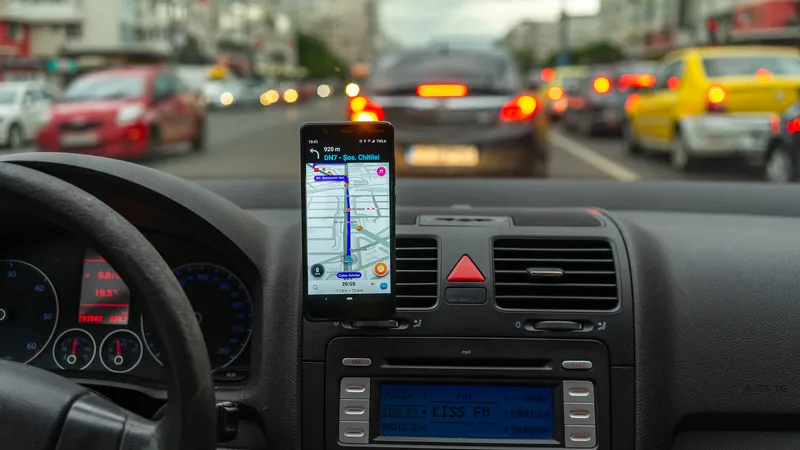Beginning in June 2011, Massachusetts Department of Transportation (MassDOT) began replacing 14 deteriorated bridge superstructures on Interstate 93 throughout the city of Medford. The project has been called the 93 FAST 14, and because of its impact on the travelling public Mass DOT has implemented the use of Smart Work Zone technology.
January 31, 2012
Read time: 2 mins

Beginning in June 2011, Massachusetts Department of Transportation (MassDOT) began replacing 14 deteriorated bridge superstructures on Interstate 93 throughout the city of Medford. The project has been called the 93 FAST 14, and because of its impact on the travelling public Mass DOT has implemented the use of Smart Work Zone technology.
The goal of the system, fromThe Smart Work Zone System on this project is not only providing minute-by-minute data collection through the use of
The Smart Work Zone System is controlled via a central project webpage (http://208.11.154.237/tcm/bostontunnel) and is provided in both a public viewing format and an administrative format. The administrative level, through username/password protection, allows MassDOT personnel to log directly into each device for detailed data, overriding of message boards and pan/tilt/zoom control over the Vicon cameras on the project. Implementation of this technology offers the DOT personnel complete oversight and control of all devices within the work zone, which hopefully provides the safest travelling environment possible without shutting down the road completely.
"Smart Work Zone Systems empower the driver with the ability to make informed decisions and efficient trip planning. This translates to not only a safer environment for both the motorist and the highway personnel but also a more comfortable travelling experience," says Todd Hartnett, business development manager, ASTI Transportation Systems.








